Grasping Stiffness Control
To develop multi-fingered robot hands that can grasp and manipulate objects like human hands is one of our main focuses in the lab. We are working on a control method that takes advantage of the dynamics of the multi-fingered robotic hand, and are currently aiming to achieve the desired grasping stiffness. Grasping stiffness can be described as how much force is applied to hold an object. If a multi-fingered robotic hand can perform the actions that humans unconsciously hold an object lightly or firmly, it will be useful to realize a robot that can work in the same space as humans.
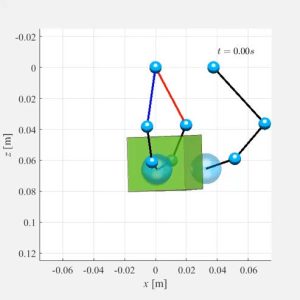 |
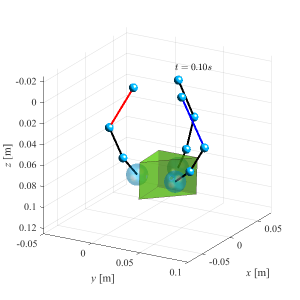 |
Soft Robotic Hand
Soft robotic hands are made of flexible polymer materials such as rubber and plastic. The robot hands itself are very soft, providing a high level of safety against the surrounding environment, and is excellent for grasping soft or complex-shaped objects. On the other hand, its softness and variations in its characteristics make it difficult to control precisely, and it is currently difficult to realize a dexterous grasp of an object as accurately as a human hand. Our laboratory aims to solve the above problems and promote the practical application of soft robotic hands.
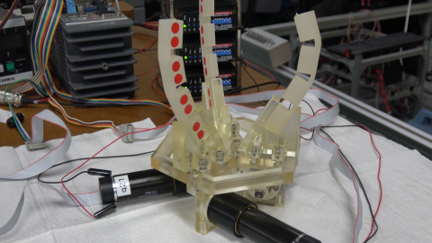 |
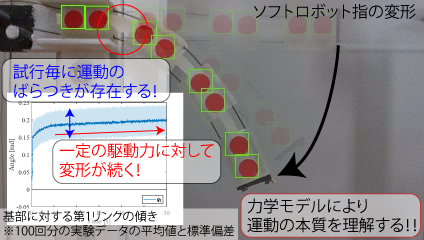 |
Under-Actuated Robotic Hand
Robotic hands with fewer actuators than the number of joints is called an under-actuated robotic hands. The coordinated motion between each link enables the robotic hand to flexibly wrap around the grasped object like a human. On the other hand, there are some disadvantages, one of which is that it is difficult to grasp and manipulate objects dexteriously and precisely. In our laboratory, we are developing a control method to realize dexterous grasping and manipulation using an under-actuated robotic hands.
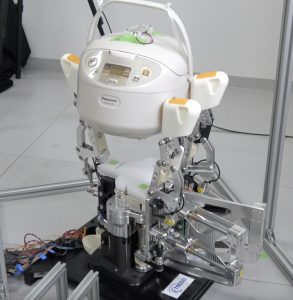 |
